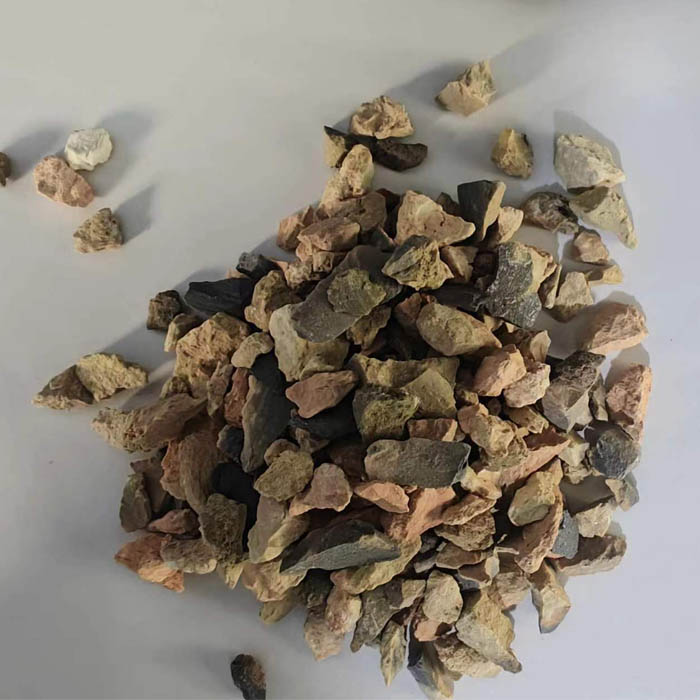Aug . 17, 2024 05:34 Back to list
Utilizing Recycled Concrete Aggregates for Sustainable Construction Practices and Environmental Benefits
Recycled Concrete Aggregates An Eco-Friendly Solution for Sustainable Construction
In recent years, the construction industry has been under increasing scrutiny for its environmental impact. The extraction of natural resources, energy consumption, and waste generation associated with traditional construction practices contribute significantly to environmental degradation. As a response to these issues, the use of recycled concrete aggregates (RCA) has emerged as a promising solution that not only mitigates waste but also supports sustainable building practices.
Recycled concrete aggregates are produced from demolished concrete structures. When a building is taken down, the concrete is crushed and processed into smaller pieces, which can then be reused as aggregate material in new concrete or other construction applications. This process offers a dual benefit it reduces the volume of construction and demolition (C&D) waste sent to landfills and conserves natural resources by lessening the need for virgin aggregates, such as gravel and sand.
One of the primary advantages of using RCA is its positive impact on the environment. According to various studies, approximately one-third of all waste generated in urban environments comes from construction and demolition activities. By incorporating RCA into new projects, builders can significantly decrease waste output. Not only does this help to alleviate the burden on landfills, but it also minimizes the environmental footprint of new construction by reducing the need for raw material extraction, which often leads to habitat destruction and increased carbon emissions.
recycled concrete aggregates

Moreover, the use of RCA can contribute to cost savings in construction. With the fluctuating prices of natural aggregates, utilizing recycled materials can provide a more stable and often lower-cost alternative. The processing of RCA may involve initial costs, but these costs are typically offset by savings on transportation and disposal fees, as well as the reduced need for purchasing high-quality natural aggregates.
However, the incorporation of recycled concrete aggregates into construction is not without its challenges. The quality of RCA can vary significantly depending on the source materials used and the processing methods applied. In some cases, the recycled material may contain impurities, such as metals or plastics, which could affect the performance of the new concrete. To address these concerns, industry standards and best practices have been developed to ensure that RCA meets the necessary specifications for construction use. Engineers and contractors are increasingly recognizing the potential of RCA and are adopting rigorous quality control measures to ensure that the recycled aggregates are of suitable quality.
Additionally, the performance of concrete made with RCA has been shown to be comparable to that of concrete produced with traditional aggregates in many applications. Research indicates that, when properly processed, RCA can provide adequate strength, durability, and workability for various construction projects. This has led to a growing acceptance of recycled concrete in structural applications, including pavements, sidewalks, and even high-rise buildings.
In conclusion, recycled concrete aggregates present an innovative solution to some of the pressing environmental challenges faced by the construction industry today. By turning waste into a valuable resource, RCA not only promotes sustainable construction practices but also drives the industry toward a more circular economy. As technological advancements continue to improve the quality and performance of RCA, its adoption is likely to increase, paving the way for a greener and more sustainable future in construction. Embracing recycled materials is not just a trend; it is an essential step toward preserving the planet for future generations while meeting the growing demand for infrastructure and housing.
-
Eco-Friendly Granule Covering Agent | Dust & Caking Control
NewsAug.06,2025
-
Fe-C Composite Pellets for BOF: High-Efficiency & Cost-Saving
NewsAug.05,2025
-
Premium Tundish Covering Agents Exporters | High Purity
NewsAug.04,2025
-
Fe-C Composite Pellets for BOF | Efficient & Economical
NewsAug.03,2025
-
Top Tundish Covering Agent Exporters | Premium Quality Solutions
NewsAug.02,2025
-
First Bauxite Exporters | AI-Optimized Supply
NewsAug.01,2025
